Hho Garage Equipment for Cleaning Machine
Elimination of Accumulated Carbon in Automobile Engines
After running for 1-2 years (about 20,000 kilometers), the automobile engine may experience performance degradation in various degrees:
- Economic performance degradation, increased fuel consumption
- Reduced power, slow acceleration
- Unsmooth starting, especially during cold starts
- Excessive exhaust emissions
- Increased noise levels
- Engine oil turns black quickly or even slightly burned
The reasons behind these issues can vary, but a significant factor that cannot be ignored is engine contamination. The accumulation of carbon causes the engine to function improperly, leading to reduced overall performance and making the car less responsive. This can also pose safety risks during driving.
Accumulated carbon inside the engine has a serious impact on its lifespan. As we know, the three main factors that shorten engine life are corrosion, wear, and carbon buildup. Proper maintenance of engine oil is crucial—within the normal maintenance period, it should remain clean. However, if the oil darkens earlier, becomes thicker, or contains metal foam, it indicates contamination (also known as sludge) within the crankcase.
According to U.S. studies, emission-related costs can account for about 2-12% of the total vehicle usage cost. Reducing harmful emissions not only benefits society but also creates economic value.
The accumulated carbon can be removed by introducing special treated oxy-hydrogen into the engine's air filter through a special hose. Start the engine and keep it idling while injecting the oxy-hydrogen. Depending on the car's displacement and the level of carbon buildup, different air outlet options and time settings can be chosen. This method does not involve any chemical additives and is safe for engine parts.
The Harmful Effects of Carbon Deposits on Cars
- Lower engine performance
- High oil consumption
- Excessive emissions
- Low speed and high noise
- Combustion chamber detonation
- Damage to pistons and crankshaft
- Engine vibration
- Weakened driving performance
We are pleased to introduce a machine often referred to as a "money printer"—the Engine Carbon Cleaner. It is used to remove carbon deposits from car engines. This technology is one of the latest trends globally and is particularly popular in countries like China, Mexico, the USA, Canada, Singapore, India, and Malaysia.
| Model | HHO 6.0 |
| Voltage(V) | Single/Three-phase 110V / 220V (50-60)Hz ±10% |
| Rated Capacity(KVA) | ≤7.5KVA |
| Water Consumption(L/H) | 0.8L/H |
| Environment Temperature(T) | 40°C |
| Weight (KG) | 180KG |
| Cleaning Time | 20MIN |
Over 100 automobile maintenance suppliers, service stations, and repair shops have partnered with us. Each time they perform an engine carbon cleaning, they can earn between USD 50 to USD 100 per car.
If you clean 10 cars a day, you could make USD 1,000 daily, USD 30,000 monthly, and USD 360,000 annually! With two machines, you can double your income.
Kingkar Company guarantees that your investment will be returned within one month. If not, you can return the machine without any cost.
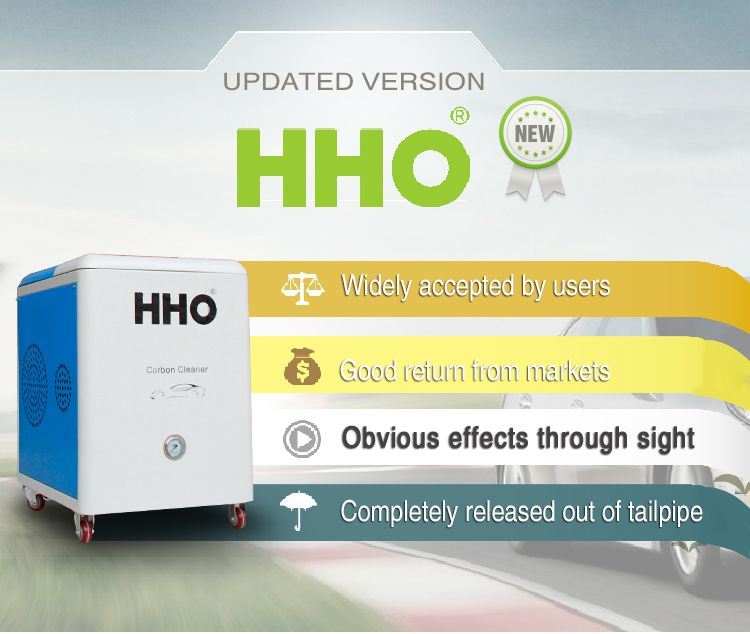
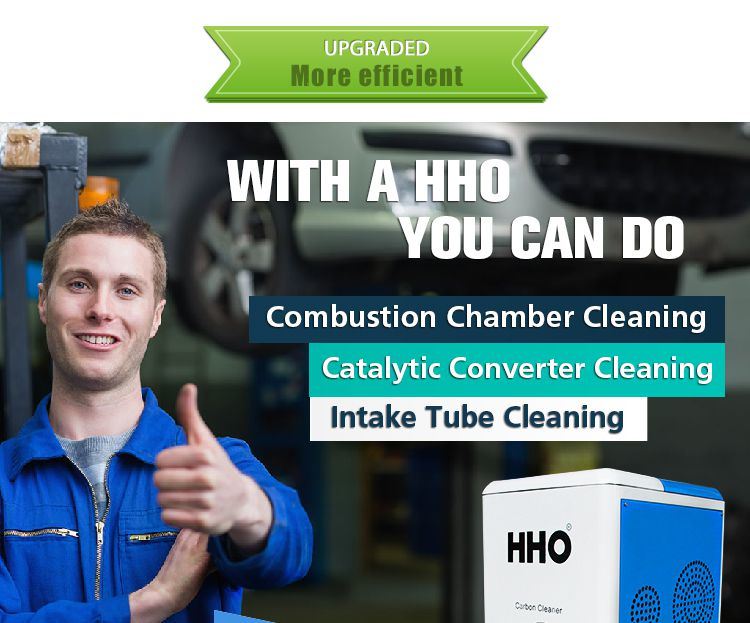
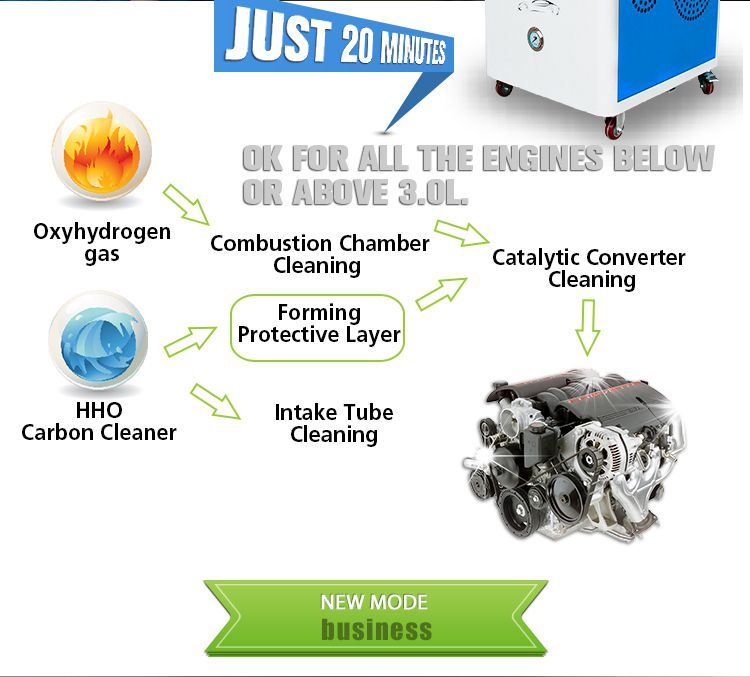
The Benefits of Oxy-Hydrogen Carbon Cleaning Service
- Save fuel by 15% (Energy efficient)
- Improve engine power by 20% (Good accelerator performance)
- Reduce emissions by 72% (Achieving emissions testing standards)
- Clean the exhaust pipe wall to improve power
- Auto-repair oxygen sensors and catalytic converters, extending engine life
- Flush sensors, extending the life of the oxygen sensor
After-Sale Service of HHO Oxy-Hydrogen Generator
- 24-hour email support
- 24-hour Skype support
- Lifetime technical support
- One-year warranty from the date of purchase
- Free replacement of other parts within six months (excluding human damage)
We welcome you to contact us for further business cooperation.

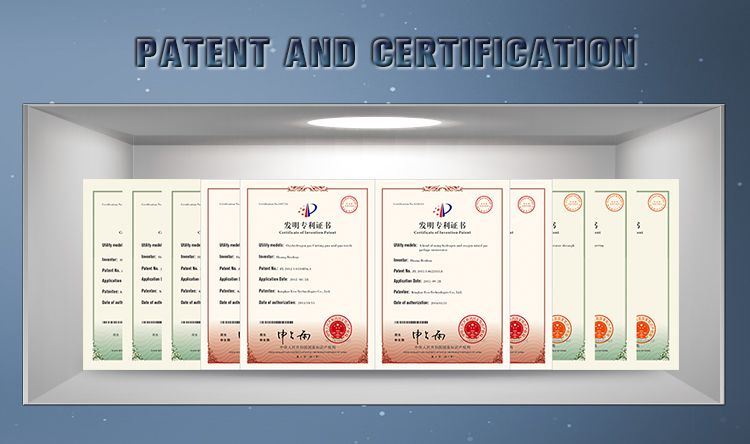
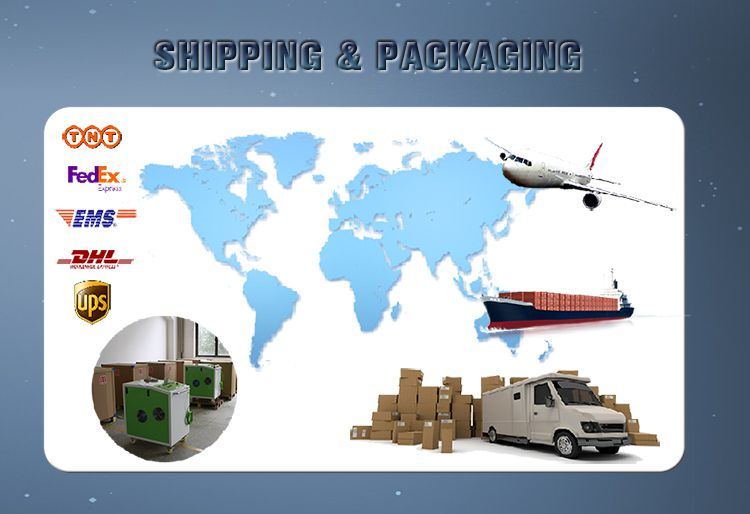
In terms of building materials, industrial products, daily necessities, floor leather, floor tiles, artificial leather, pipes, wires and cables, packaging films, bottles, foaming materials, sealing materials, and fibers, PVC was the world`s largest production of general-purpose plastics, and its applications are very widely. Widely used in all aspects
PVC is a white powder with an amorphous structure. The degree of branching is relatively small. The relative density is about 1.4. The glass transition temperature is 77~90°C. It begins to decompose at about 170°C. It has poor stability to light and heat. After prolonged exposure to sunlight, it will decompose to produce hydrogen chloride, and further automatically catalyze the decomposition, causing discoloration, and the physical and mechanical properties also rapidly decline. In actual applications, stabilizers must be added to improve the stability of heat and light.
The production process of PVC Resin SG8 and PVC RESIN SG5 is basically the same, and the production equipment is exactly the same. The main difference lies in the formulation of additives, polymerization temperature, reaction pressure and so on. The reaction temperature and reaction pressure of SG-8 resin have basically reached the working pressure limit of the polymerizer. The reaction requirements are relatively strict, and the requirements on operation, safety, technology, and personnel quality are more stringent, and the resin quality is more difficult to control.
PVC RESIN SG8,Pvc Resin Sg8,Pvc Resin K58,Suspension Pvc Resin
Henan Shunbang Chemical Industry CO.,Ltd , https://www.pvcresinchemical.com